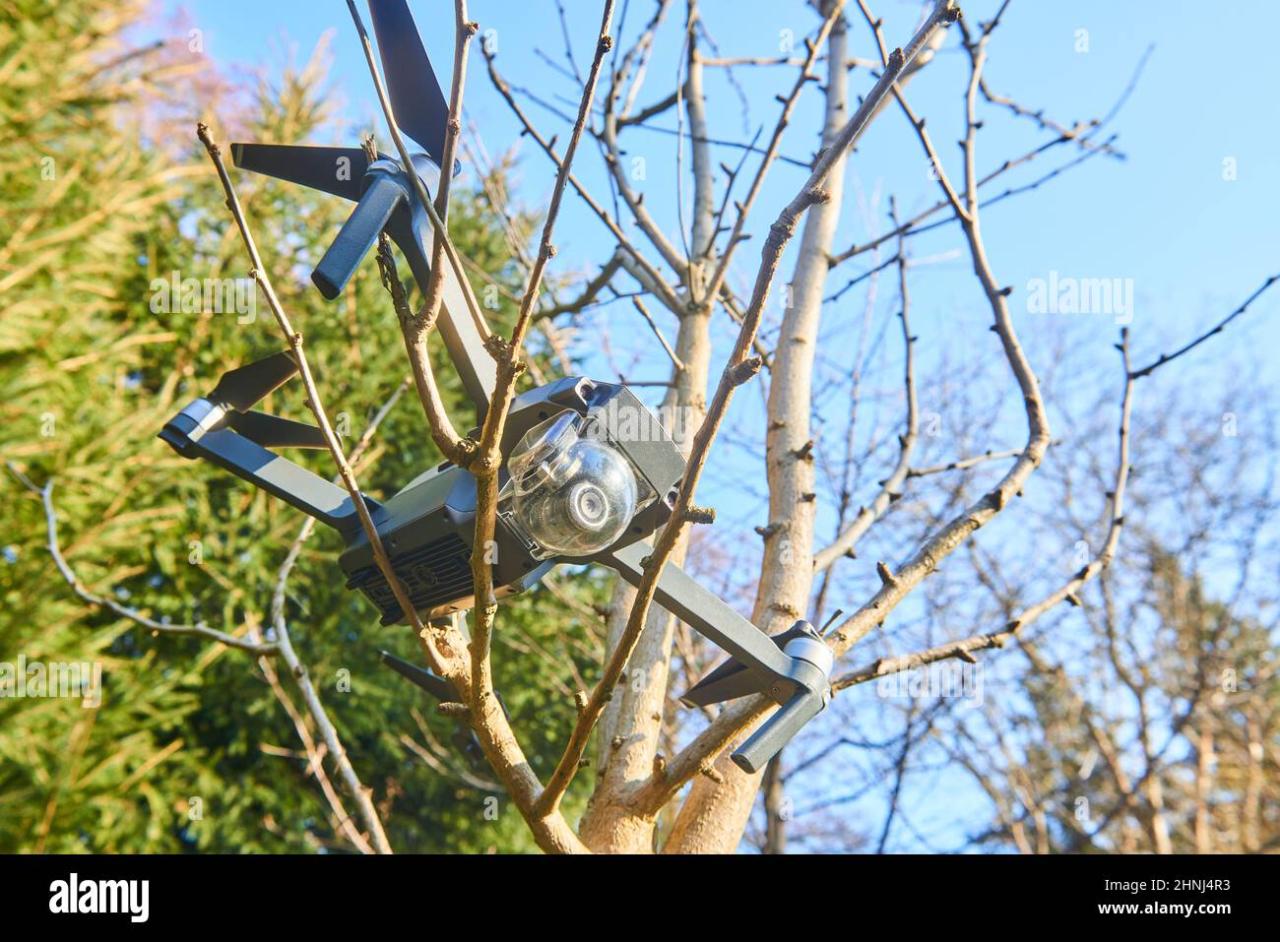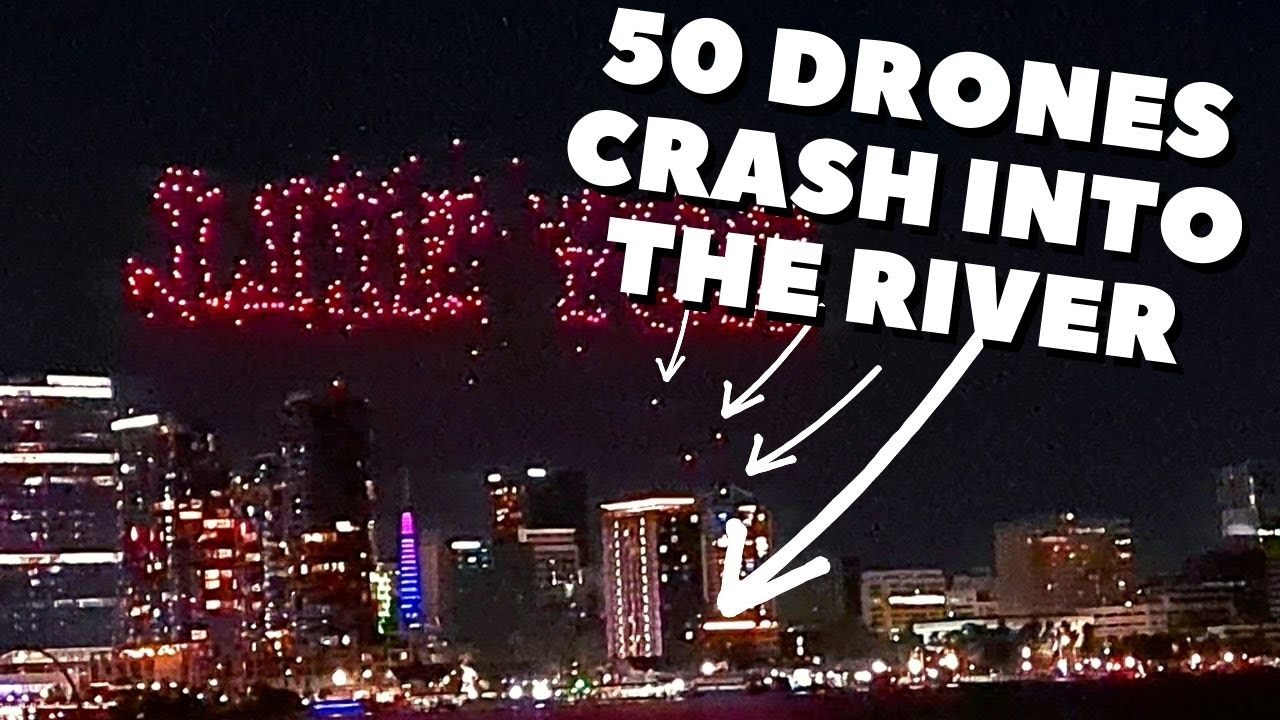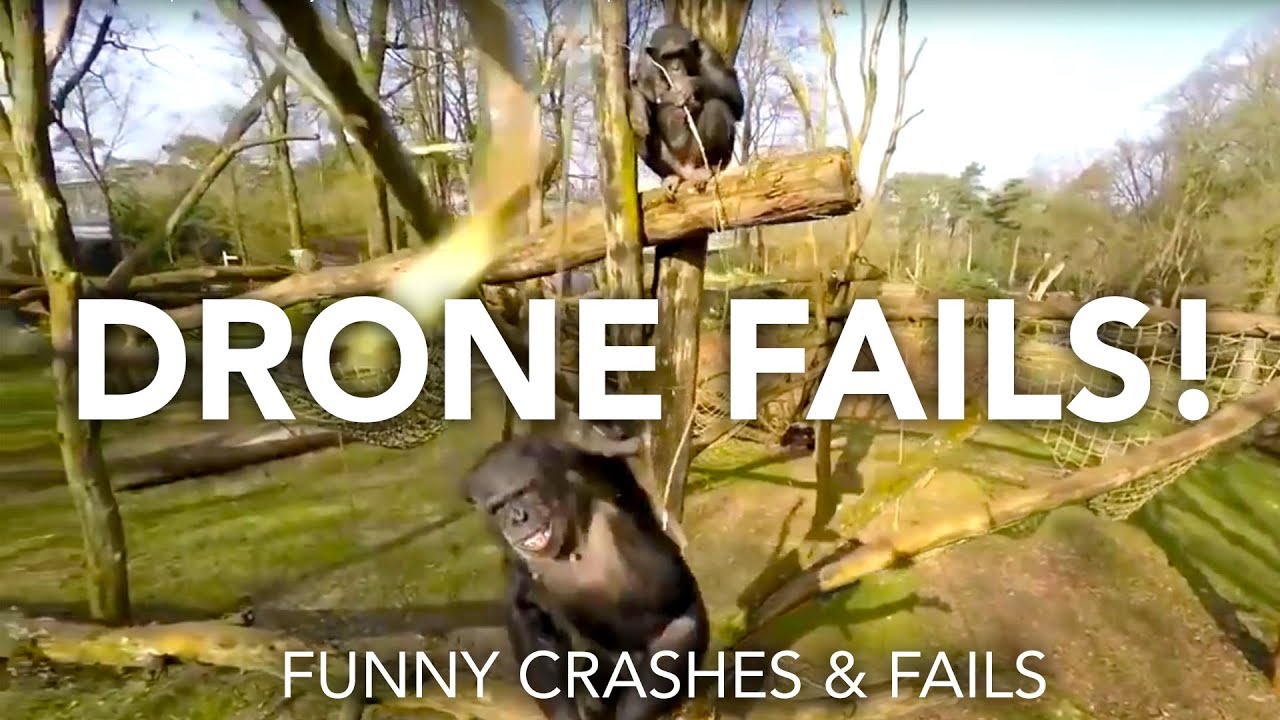Drone show crash – a phrase that conjures images of spectacular failures and costly mistakes. This exploration delves into the various reasons behind these incidents, from simple software glitches to complex environmental factors. We’ll examine different types of crashes, analyzing contributing factors and exploring effective prevention strategies. Understanding these issues is crucial for ensuring the safety and success of future drone light shows.
We’ll cover safety protocols, regulations across different regions, and technological advancements designed to mitigate risks. Case studies of past crashes will provide valuable lessons, highlighting the importance of post-incident analysis in refining safety procedures. Finally, we’ll discuss the broader impact of these crashes – financially, environmentally, and legally – and look towards the future of drone show safety.
Drone Show Crash Analysis: Causes, Prevention, and Future Implications
Drone shows, while spectacular, carry inherent risks. Understanding the various types of crashes, implementing robust safety protocols, and leveraging technological advancements are crucial for ensuring the continued safe and successful operation of these breathtaking displays.
Types of Drone Show Crashes
Drone show crashes can be categorized based on their root causes. A comprehensive understanding of these causes is the first step towards effective prevention.
| Crash Type | Cause | Contributing Factors | Prevention Strategies |
|---|---|---|---|
| Software Malfunction | Errors in flight control software, GPS glitches, communication failures | Outdated software, inadequate testing, interference | Regular software updates, rigorous testing, redundant communication systems |
| Hardware Failure | Motor failure, battery malfunction, sensor issues | Poor maintenance, use of substandard components, extreme weather | Preventative maintenance, use of high-quality components, thorough pre-flight checks |
| Human Error | Pilot error, incorrect programming, inadequate training | Lack of experience, fatigue, poor communication | Comprehensive training programs, standardized operating procedures, multiple pilot oversight |
| Environmental Factors | Strong winds, rain, fog, unexpected obstacles | Poor weather forecasting, inadequate site assessment, lack of contingency planning | Thorough weather monitoring, careful site selection, flexible scheduling, obstacle avoidance systems |
Failure modes observed in drone show crashes often involve cascading events. For example, a software glitch might lead to a loss of control, causing a collision with another drone or an obstacle, ultimately resulting in a crash. A failing motor could cause a drone to lose altitude unexpectedly, leading to a ground impact. Human error, such as improper pre-flight checks or inadequate risk assessment, can exacerbate the likelihood of these failures.
Drone show crashes are unfortunately becoming more common, highlighting the need for better safety protocols. A recent incident, which you can read more about in this detailed report on a drone show accident , underscores the importance of thorough pre-flight checks and contingency planning. Preventing drone show crashes requires meticulous attention to detail and proactive risk assessment at every stage.
- Software Glitches: Unexpected behavior due to coding errors or data corruption.
- Hardware Malfunctions: Component failures such as motor stalls, battery drain, or GPS signal loss.
- Pilot Error: Incorrect maneuvers, misjudgment of distance or speed, or failure to respond appropriately to changing conditions.
- Environmental Impacts: Collisions with birds, unexpected gusts of wind, or loss of GPS signal due to atmospheric interference.
Safety Protocols and Regulations, Drone show crash

Implementing robust safety protocols and adhering to regulations are paramount in mitigating the risks associated with drone shows. This includes pre-flight checks, emergency procedures, and ongoing maintenance.
- Pre-flight inspections of all drones and equipment.
- Redundant communication systems to ensure reliable control.
- Designated emergency landing zones.
- Trained personnel for immediate response to emergencies.
- Comprehensive risk assessment before each show.
- Weather monitoring and contingency plans for adverse conditions.
- Regular maintenance and calibration of drones and equipment.
Regulations vary across jurisdictions. While many countries are still developing specific drone show regulations, existing aviation regulations often apply.
| Region | Regulation Type | Key Provisions | Effectiveness |
|---|---|---|---|
| United States | FAA Part 107 | Pilot certification, operational limitations, airspace restrictions | Moderately effective, but specific drone show regulations are still evolving. |
| European Union | EASA regulations | Drone registration, operator competency, operational safety requirements | Developing, with ongoing efforts to harmonize regulations across member states. |
| China | CAAC regulations | Stringent airspace management, operational permits, safety standards | Highly effective, reflecting a proactive approach to drone safety. |
Different operators employ varying safety measures. Some prioritize redundancy, while others focus on advanced training. The level of sophistication in safety measures often reflects the scale and complexity of the drone show.
Technological Aspects and Solutions

Technological advancements offer significant potential to enhance drone show safety. Redundancy and fail-safe mechanisms are crucial aspects of this technological improvement.
Drone show crashes are pretty rare, thankfully, but safety is paramount. One thing that highlights the importance of drone safety is a recent incident where a boy was injured; check out this news story about a boy hit by drone to see what can go wrong. Understanding these risks helps improve drone show planning and prevents future crashes, ensuring everyone’s safety.
- Improved GPS and Navigation Systems: Enhanced accuracy and reliability in GPS signals and the integration of alternative navigation systems.
- Advanced Obstacle Avoidance Systems: Sophisticated sensor technologies and AI-powered algorithms to detect and avoid obstacles.
- Fail-Safe Mechanisms: Automatic return-to-home functions, parachute deployment systems, and redundant power sources.
- Real-time Monitoring and Control Systems: Centralized control systems for monitoring and managing multiple drones simultaneously.
Redundancy plays a critical role, providing backup systems to take over in case of primary system failure. For instance, having multiple GPS receivers or independent flight controllers ensures continued operation even if one component fails. Fail-safe mechanisms, such as automatic landing systems, help mitigate the consequences of unexpected events.
The following flowchart illustrates a simplified decision-making process for a drone show operator in the event of a system malfunction:
(Note: A visual flowchart would be included here in a real article. The text description below provides the equivalent information.)
Flowchart: Drone Show System Malfunction Response
Drone show crashes are unfortunately becoming more common, highlighting the need for improved safety protocols. If you want to learn more about a recent incident and its implications for the future of drone shows, check out this report on a specific drone show crash that really shook things up. Understanding these failures is crucial for preventing similar accidents and ensuring the continued safe development of this exciting technology.
- Detect Malfunction: Sensor alerts, visual observation, loss of communication.
- Assess Severity: Minor glitch, significant system failure, imminent crash.
- Initiate Fail-Safe: Automatic return-to-home, emergency landing, manual override.
- Communicate: Alert other operators, ground crew, emergency services.
- Post-Incident Analysis: Thorough investigation to identify root cause and prevent future occurrences.
Case Studies of Drone Show Crashes
Analyzing past incidents offers valuable insights into improving safety. Each crash provides a learning opportunity for the industry.
- Case Study 1 (Hypothetical): A software update introduced a bug that caused a swarm of drones to lose altitude simultaneously. This resulted in several drones crashing into each other, highlighting the importance of rigorous software testing.
- Case Study 2 (Hypothetical): Strong winds during a show caused multiple drones to lose control, emphasizing the need for accurate weather forecasting and contingency planning.
- Case Study 3 (Hypothetical): A pilot’s error in programming led to a collision with a building, underscoring the importance of comprehensive training and standardized operating procedures.
Lessons learned from these (hypothetical) incidents include the critical need for comprehensive pre-flight checks, redundant systems, and operator training. Post-incident analysis involves meticulous examination of flight logs, hardware components, and operator actions to determine the precise cause and sequence of events leading to the crash.
Impact and Consequences
Drone show crashes have various consequences, ranging from financial losses to potential environmental damage.
Financial losses can include the cost of replacing damaged drones, potential legal liabilities, and reputational damage that can impact future bookings. Reputational damage can be significant, affecting the public perception of the safety and reliability of drone shows.
Environmental damage can occur if drones crash in sensitive ecosystems. Scattered drone debris can pose a risk to wildlife, particularly birds, which may ingest or become entangled in the debris. A descriptive illustration would show scattered drone parts in a natural environment, potentially harming birds or other animals.
Legal and ethical implications include potential liability for property damage, injuries, or environmental harm. Regulations and ethical guidelines are evolving to address these issues.
Future of Drone Show Safety

Promoting a culture of safety, fostering technological advancements, and continuously refining regulations are key to improving the safety of drone shows.
- Industry-wide Safety Standards: Development of comprehensive safety standards and best practices for drone show operators.
- Advanced Training Programs: Enhanced training programs that incorporate advanced simulation and risk management techniques.
- Autonomous Drone Management Systems: Development of sophisticated systems for managing and controlling large swarms of drones autonomously.
Future technological advancements are likely to focus on improved autonomy, enhanced sensor technologies, and more robust communication systems. This could include the use of AI for real-time risk assessment and automated response to unexpected events. A timeline depicting the evolution of safety protocols and regulations in the drone show industry would showcase the progress made over time.
Conclusion

Ultimately, preventing drone show crashes requires a multi-pronged approach. It involves robust safety protocols, adherence to regulations, continuous technological improvement, and a strong safety culture within the industry. By learning from past mistakes and embracing innovation, we can minimize risks and ensure that drone light shows continue to captivate audiences worldwide without compromising safety.
Questions Often Asked: Drone Show Crash
What is the average cost of a drone show crash?
The cost varies wildly depending on the scale of the show, the number of drones involved, and the extent of the damage. It can range from thousands to hundreds of thousands of dollars.
Can insurance cover drone show crashes?
Yes, specialized insurance policies are available for drone show operators to cover liability and damages resulting from crashes.
Are there any legal repercussions for drone show crashes causing property damage?
Yes, depending on the severity and circumstances, legal action including lawsuits for damages could result.
How can spectators stay safe during a drone show?
Spectators should follow instructions from show organizers and maintain a safe distance from the launch and landing areas. Avoid touching or attempting to interfere with the drones.
